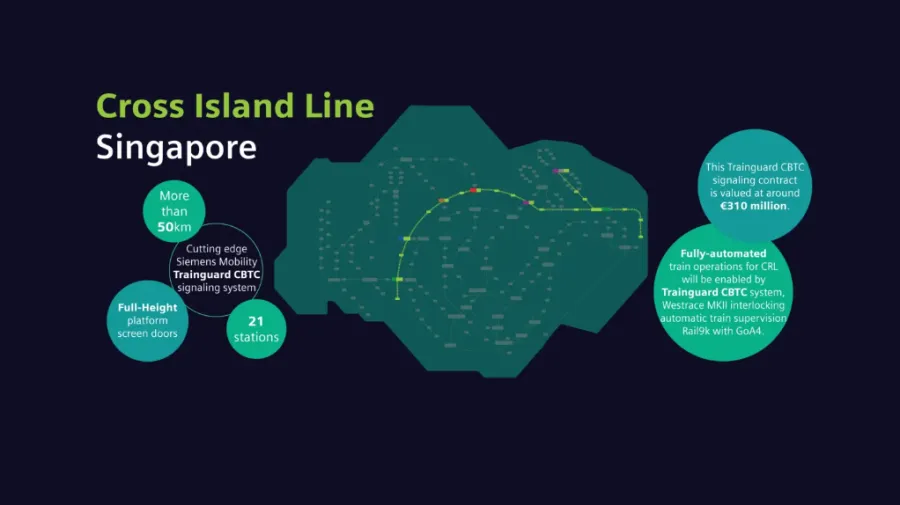
Siemens Mobility elevates CBTC system for Singapore’s longest fully-underground MRT line
Michel Obadia, CEO of Siemens Mobility APAC, said the company is ready to mobilise its technology in the Cross Island Line.
With less than 10 years before the start of its operations, stakeholders behind Singapore’s Cross Island Line (CRL) have hastened preparations to ensure the safety and efficiency of what will be Singapore’s longest fully-underground metro rail transit (MRT) line.
One of the stakeholders taking part in the establishment of the historic rail line is Siemens Mobility.
The transport solutions provider, founded in Berlin but has presence in many markets including Singapore, will be providing the communication-based train control (CBTC) signalling system for the CRL, which will help manage and control all the trains on rail track.
This is not the first time that the company will be providing such a system for Singapore. In fact, Siemens Mobility also provided the CBTC signalling system for Singapore’s Downtown Line.
However, since CRL will be much longer than the Downtown Line, Siemens Mobility made certain enhancements to its CBTC signalling system to cater to the needs of the new rail line.
“We have introduced some enhancements from a technology point of view in order to give our customer more value, be it in terms of reliability, availability, and cost effectiveness,” Michel Obadia, CEO of Siemens Mobility APAC, told the Singapore Business Review.
Amongst parts of the signalling system that were enhanced include the onboard computer (OBC) and printed circuit board (PCB) which Siemens Mobility made more compact.
Obadia said they also made its radio system more robust and enhanced diagnostic tools of the CBTC signalling system to ensure ease of operation and maintenance.
“There were also definitely enhancements in terms of obsolescence resilience,” Obadia said, noting the project's ability to withstand and adapt to changes in technology and avoid becoming outdated.
Ready for mobilisation
Since Siemens Mobility has been a long-time partner of the Land Transport Authority (LTA), Obadia said the company expects a “smooth mobilisation on this project.”
“When a project like this will start, what is key is to be ready to have the team mobilised. I’m happy to say that our team is ready,” Obadia said.
He said that whilst the time frame and duration for the project was challenging, the company considers it a “positive challenge.”

“This project is characterised by a high degree of interface, be it with civil work, be it with the Outside Central Region (OCR) system contractors. [But since] we have the experience of doing this project, this is also something which we have a forecast,” asserted Obadia.
The CEO also assured that the CBTC signalling system to be installed in the CRL is safe, adding that ensuring safety is paramount in what Siemens Mobility does.
Obadia added that the mean time between failures (MTBF) in the Downtown Line — one in which Siemens Mobility is well versed — has grown to millions. So far, the MBTF in the rail line has reached four million.
“This is quite a high level of reliability that we have in the case of the [Downtown Line] operation,” Obadia said.
The MBTF is a criteria for the reliability and availability of a system. A higher MBTF value means fewer problems will occur in a system over time.
A partner to Singapore
Apart from providing Singaporeans more transport options, the Cross Island Line project also allows them to be part of the country’s decarbonisation journey, stressed the Siemens Mobility CEO.
“An MRT network going up to 360 kilometres is the first evidence of our contribution to a sustainable solution because this will definitely [help] in decarbonising footprint,” said Obadia, adding that the carbon footprint per passenger will be mechanically lower because of mass transportation.
He also underscored that the CRL is an electrified network and that Siemens Mobility added technical features in the signalling system that allows energy saving and energy reuse.
Moving forward, Obadia hopes to continue to help Singapore in its ambitions for the mobility ecosystem by localisation and partnerships with different stakeholder including universities like the Singapore Institute of Technology (STI) and Nanyang Technological University (NTU), operators like SMRT Corporation and SBS Transit, and other institutions.
“We want to make sure that we are resilient in terms of providing support on a long-term basis,” Obadia said.





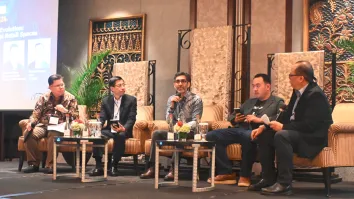


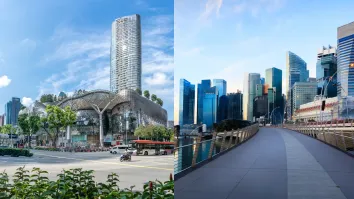
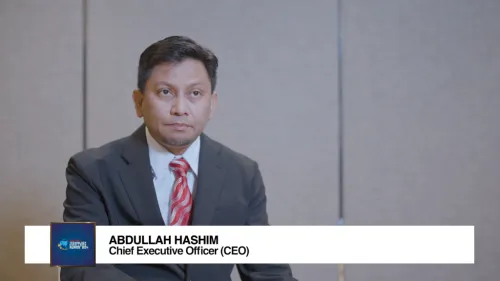
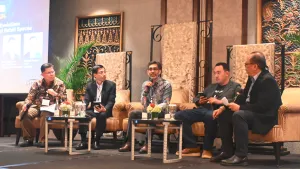
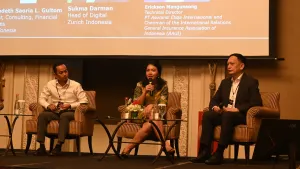


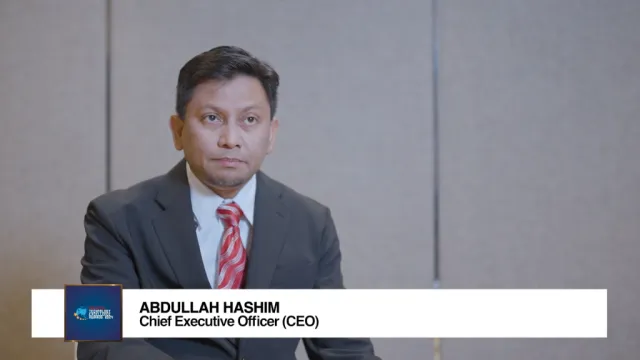
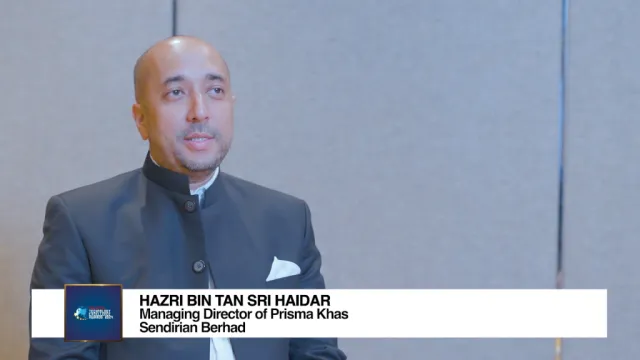
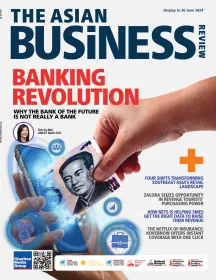
 Advertise
Advertise







